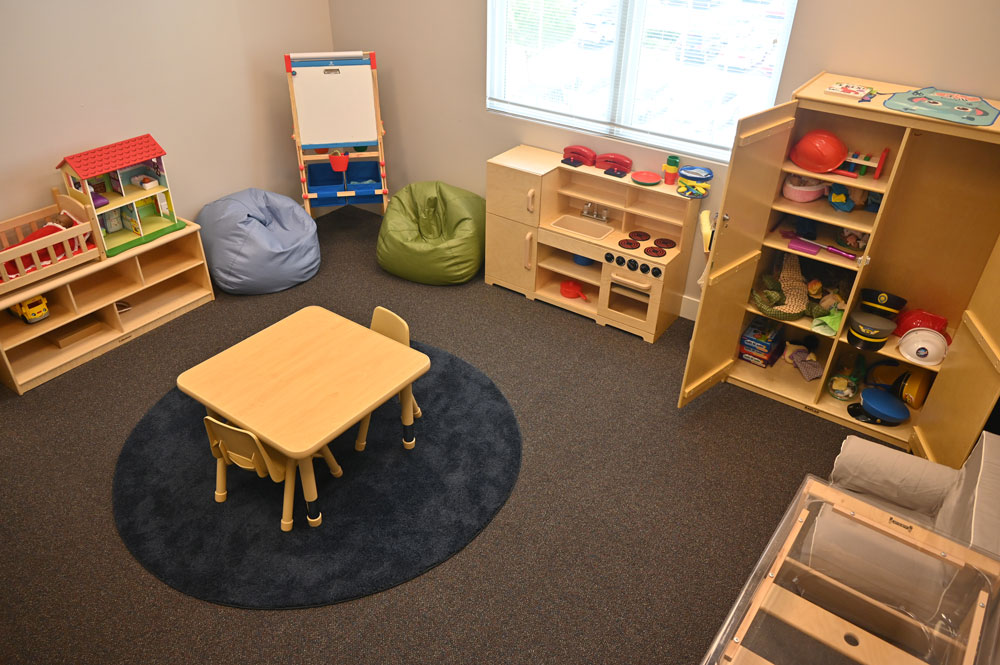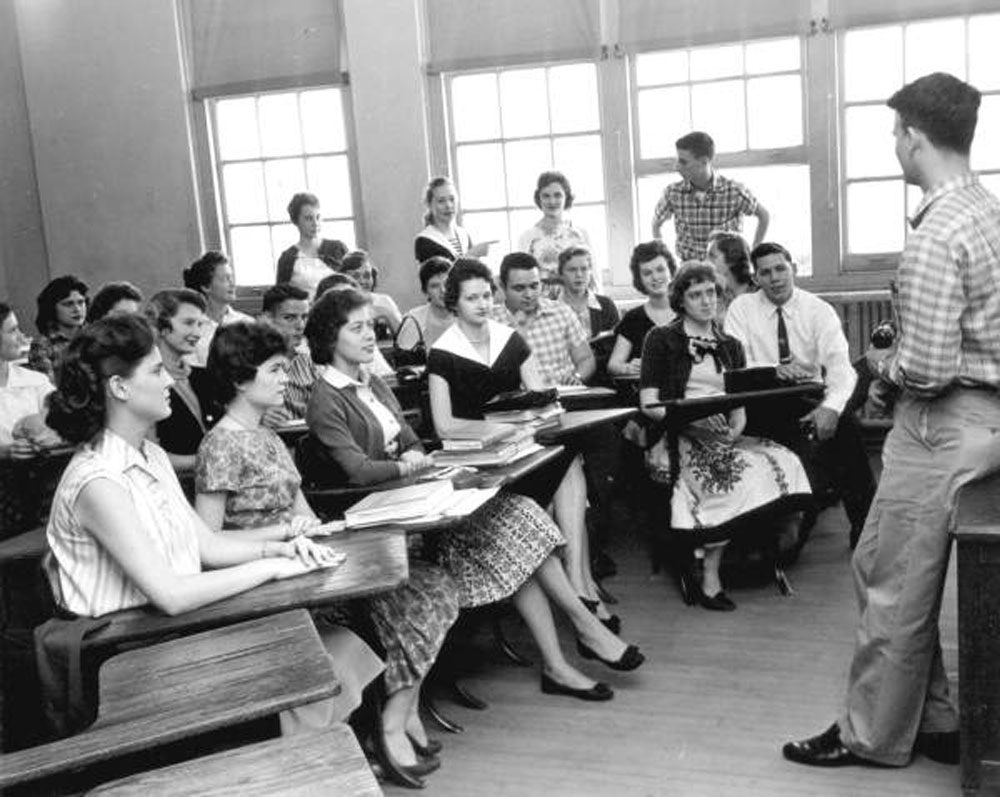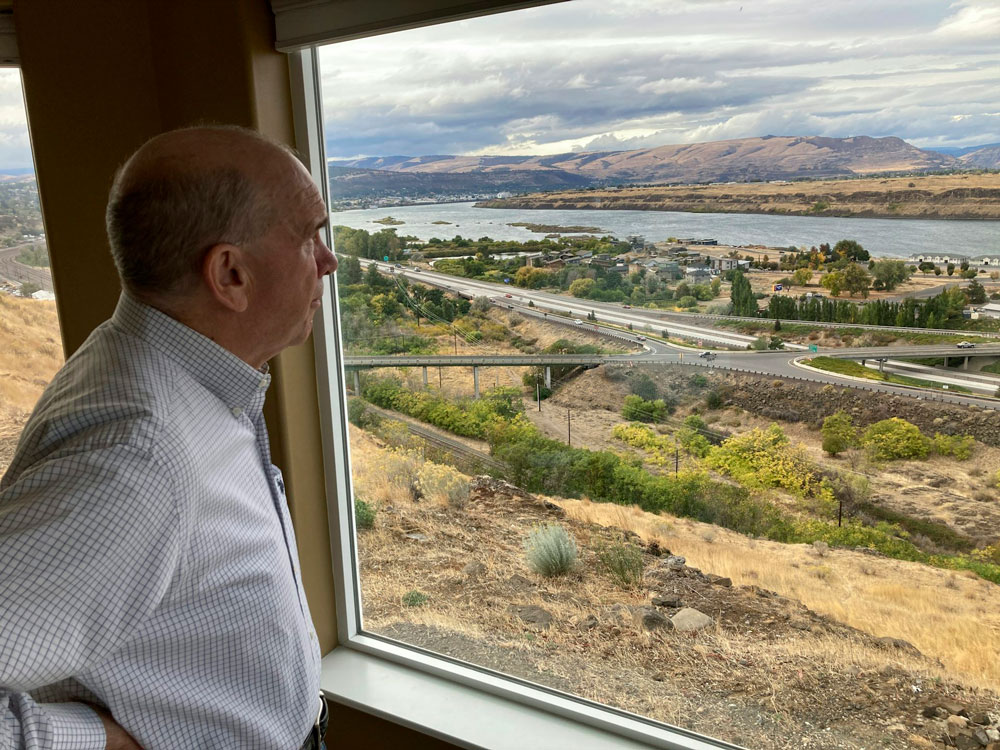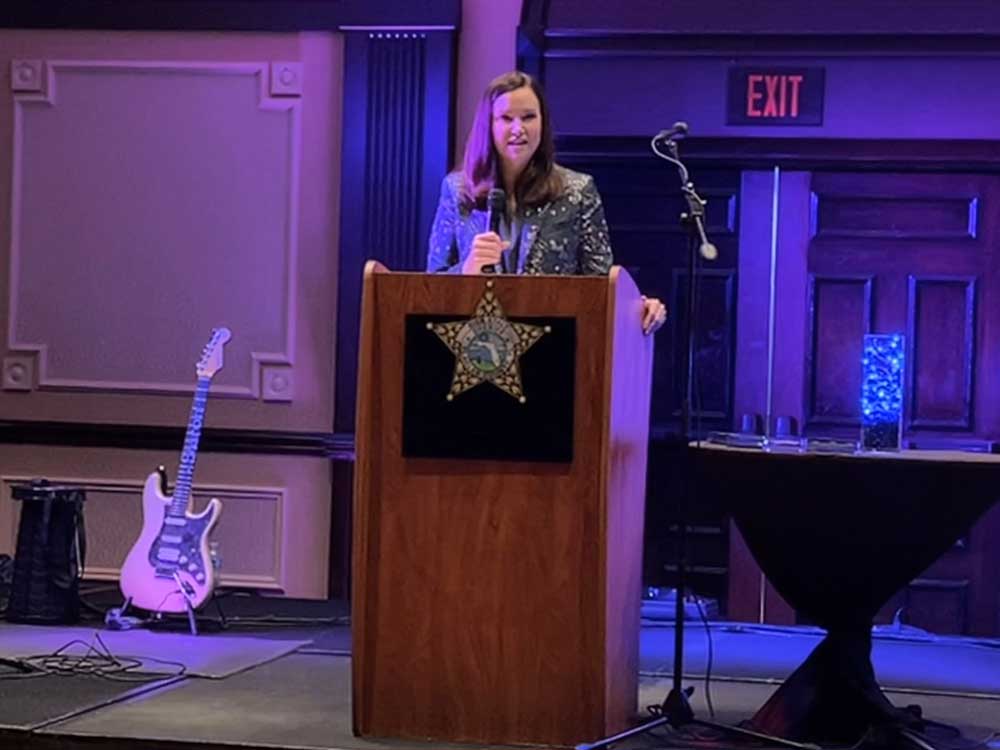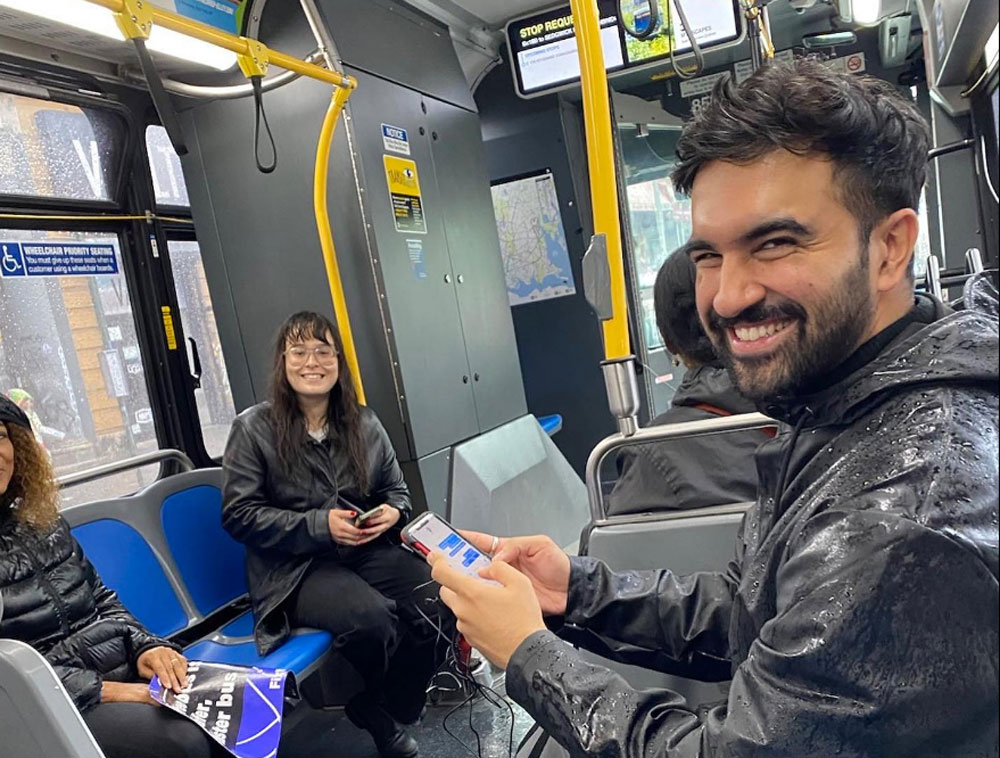Sometimes a playroom isn’t what it looks like, despite its colorful and tempting toys. This is a medical setting. It’s not a playroom here. As a play therapist might, Jeannette Simmons states, “It’s play therapy,” while seated at a kid’s table beneath a bus driver’s hat and holding a red phone.
Consider a five or six-year-old youngster who has recently experienced unimaginable trauma or who may have been abused. The child has been unable to communicate their emotions in the same way that other kids do. The parents of the child have not been able to communicate. The youngster can express those emotions through play therapy since nothing else can.
According to the placard outside the room, that is the goal of Flagler Cares’ relatively new play therapy room: to provide a space for play and healing. It is one of Simmons’ final contributions to Flagler Cares, the non-profit social service coordinating organization that runs the Flagler County Village at City Market Place. Prior to joining Halifax Health in July as the service line administrator of psychiatric services, Simmons served as the organization’s chief clinical officer.
It was she who suggested the play therapy room. “We always have this running list of ideas,” said Carrie Baird, executive director at Flagler Cares, “when the Early Learning Coalition, a village partner, asked us for ideas with extra funds.” When Jacksonville University was still in town, Simmons collaborated with their play therapy department to create the space at the Village. She handed a wish list to ELC.
Simmons stated, “I went completely crazy, not knowing how much this stuff cost either, so I never thought they would buy every single thing on the wish list.” The majority of the items on the list were funded by ELC. Large boxes began to arrive. It was completely put together by volunteers. It seemed to happen instantly. People desired to make use of it. Simmons stated that we hadn’t even unloaded the crates. People wanted a space, so it was very wonderful to witness the reception. Play therapy is crucial, particularly when working with young children, as it may be quite challenging to sit across from them for forty-five minutes while practicing talk therapy. It’s almost impossible. You’re not capable. However, in a setting like this, you can reenact a wide variety of situations and let their imagination run wild before performing therapeutic actions.
Children, especially those who have experienced trauma, are inherently unable to communicate emotions as clearly as adults. They can communicate the unimaginable through play, which is another way they can express themselves. The idea is not new. In his 1762 tract on education, Rousseau emphasized the need of simply observing children to learn from them. In the 1940s and 1960s, Virginia Axline, who passed away in 1988, published two books that became standard reference works for Child Centered Play Therapy, or CCPT. She was to play therapy what Dr. Spock was to childrearing in the United States.
According to Simmons, it’s not as simple as “just start playing.” Instead, you let the child explore and see what interests them. You simply let it naturally develop with the child and observe what messaging or role-playing emerges. More than anything else, you’re listening, observing, and understanding what’s happening.
Re-Nu is a mental health facility located in City Marketplace’s Flagler Cares Village. The space is used at least once a week by professional play therapist Joni Rodriguez. Before recently moving to Flagler Cares, where staff members also use the space, her husband Richard Rodriguez worked as a therapist at Re-Nu.
Before entering the room, Joni would bring a few toys or, more frequently, coloring pages and artwork from art therapy. All of the toys are in the play-therapy room. Because there are so many resources in the room, I think it’s valuable, Joni added. One can set up a kitchen, play house, play dress-up, or pretend to be a doctor in one section and a classroom in another. There are numerous opportunities for the child to play and pursue their fitness goals.
The majority of children use play to solve many of their problems and gain an understanding of the world. The therapist’s role is to watch, not to direct. The therapist is there more regularly to provide guidance. With the help of the toys in the room, a kid can act out what an altercation between their parents or an act of escalation or violence could look like, or they can act out a bullying or abuse occurrence.
According to Richard Rodriguez, this is where training and skill are important. They are the ones who guide the action when we let the child take charge of the space, and they will almost always let us join in on the play. As if the child were directing a film on their own set, the therapist will ask the youngster to play any role they like. He claims that I do as they say. My child was the victim of bullying at school. She was acting out the role of the teacher. You know, I was learning from her while I was a student.
The court has not mandated any of the treatment. Children are willingly brought in by their parents, usually following a referral by Flagler County schools. The playroom does not have the parents present. Regardless of how the dynamics of a parent’s presence change, the child must be able to freely explore their own spaces. Even though a youngster may be reluctant at first, they will eventually play for the full sixty minutes. Even though it usually takes several sessions to have therapeutic outcomes, play will be telling. The issue and the child’s age determine the resolution.
According to Richard, the long-standing problems of abuse and neglect that have existed for years and years will not be resolved in six months. The goal is restorative as well as therapeutic.
Based on the outcomes of the therapy session, the therapist then talks with the parents about how to change the way discipline is done in the home, how to go to the schools right now and discuss how this is obviously a bullying situation occurring in the classroom, and other topics. Who in the school can we talk to about what’s going on? Perhaps we can alter the dynamics among our fellow students.
According to Richard, parental education accounts for 40% of the play therapy experience. At that point, the therapist collaborates with the parent to strengthen the bond between them, facilitate the child’s life, and better address the child’s needs. For some, it might seem clear. Others may not see the need as clearly, particularly if they are unaware of it. There s times when the parent doesn t know how to speak to the child or connect to the child, Richard says. So it can get to the point where at times the parent must be in the playroom as a participant, if there is to be a breakthrough.
There s been innumerable times when we ve sat on that playroom floor and played, the three of us together, the child, the parent and I, because sometimes a parent doesn t even know how to play with a kid, Richard says. It s a matter of teaching the family how to reconnect and how to have a better line of communication. Basically, I teach the parent how to cue in to the cues, as to what s going on with the kid so they can read the child a little better and have a better outcome.
The room is underused, because it s relatively new, and therapists around town don t know it s there, though it s available by reservation.
The possibilities are endless, Joni said. It would be amazing if the forensics with DCF or law enforcement would be able to come in and use that. She added, any private practitioner in mental health, working with children the schools, some behavioral analyst individuals could work in the room with maybe ADHD, or some children on the spectrum. It s available. It could be powerfully useful to a lot of different venues.
![]()
